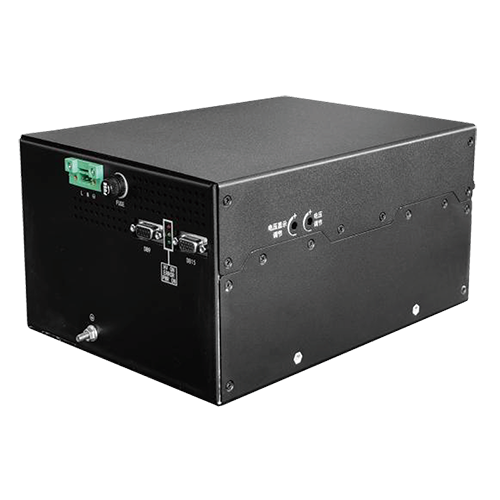Optimization of Beam Quality in Electron Beam Systems through High-voltage Power Supply Design
The beam quality of electron beam systems, a critical performance indicator, directly determines their effectiveness in industrial processing and material analysis. As the core energy supply component, the output characteristics of high-voltage power supplies significantly influence beam focusing capability, energy stability, and spatial resolution. This paper explores optimization approaches for beam quality improvement through three dimensions: voltage stability, dynamic response characteristics, and ripple suppression.
1. Impact of Voltage Stability on Beam Uniformity
1. Static Stability Enhancement
Output voltage fluctuations exceeding 0.05% can cause 12μm-level penetration depth deviations. Multistage closed-loop regulation with temperature-compensated voltage divider networks effectively restricts static fluctuations within ±50ppm.
2. Load Adaptability Improvement
Dynamic impedance matching algorithms enable millisecond-level compensation for load variations (e.g., vacuum fluctuations, target material differences) through real-time monitoring of current-voltage characteristics.
2. Dynamic Response Characteristics and Beam Shaping
1. Pulse Modulation Precision
Resonant topology pulse generators with GaN-based switches achieve sub-20ns rise times, effectively suppressing beam tailing in nanosecond-scale etching processes.
2. Waveform Distortion Compensation
Feedforward compensation circuits reduce third-order harmonics to 0.3% of fundamental waves, achieving 18% reduction in beam spot diameter through Fourier harmonic analysis.
3. Ripple Suppression and Noise Control
1. Multistage Filtering Architecture
LC-π composite filters with magnetic shielding reduce 100kHz ripple to 0.01%, decreasing weld penetration fluctuation from ±6% to ±1.5%.
2. Digital Ripple Cancellation
FPGA-based active noise cancellation improves SEM imaging SNR to 62dB across 10Hz-1MHz bandwidth, outperforming analog solutions.
4. Integration of Intelligent Control
1. Adaptive PID Tuning
Genetic algorithm-optimized PID controllers reduce settling time by 40% with <1% overshoot under complex operating conditions.
2. Digital Twin Predictive Maintenance
Big data-driven lifespan prediction models lower failure rates by 75%, achieving MTBF exceeding 10,000 hours.
Conclusion
Beam quality optimization requires systematic improvements in static stability, dynamic response, and ripple suppression. The integration of wide-bandgap semiconductors and intelligent algorithms promises breakthroughs in key metrics like energy dispersion (<0.05eV) and beam spot consistency (σ<0.1μm), enabling reliable sub-nanometer processing capabilities.




















